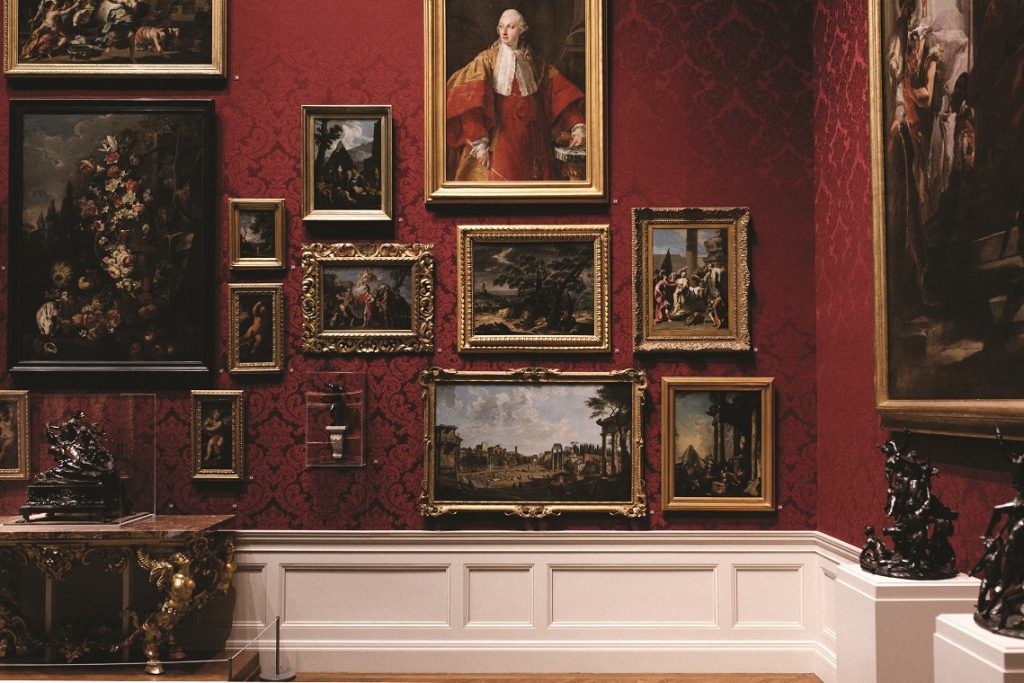Virtual Museums
Can an online experience make spaces for art more equitable?
In spring of 2020, the development of the digital art experience was shoved into overdrive. A global pandemic quickly ushered people out of the museum and gallery halls into the two-dimensional world of mobile phone and desktop virtual art tours. In the UK, as the public locked themselves away from the threat of Covid-19, online museum offerings seemingly hit a spike in popularity. People flocked to remotely walk through the corridors of well-loved institutions – some of which provided more intricate or innovative interfaces than others, all of which understood the importance of speed and adaptability.

It wasn’t long before postulations began on whether the digital future of museums was bright or bleak – the outcome of which has yet to be determined. Yet as audiences moved – cursor-led – through cultural simulations, the subject of ‘access’ seemed to take firm dominance in the conversation on a post-Covid art world. The point of ‘representation’ remained a different matter altogether.
The discussion on the merits of digital versus real-life art viewing is an important one. Can a digital tour ever replace the sights and sounds involved with visiting art galleries? It would be difficult to claim so on a purely haptic level. Could it, however, open collections up to groups that have historically stayed away, providing greater access and neutralising prevalent deterrents to attract a more balanced audience demographic? Possibly. But not if its focus refuses to shift from availability to engagement.
The point around whether digital tours have the potential for greater reach seems easy to argue when divorced from sensorial and intellectual impact. At face value, the immediacy of online visits has the potential to circumvent prevailing audience trends, obliterating visitor determinants such as age, physical ability and income. Yet what needs to shift in focus in an effort to draw people in, is not necessarily the mechanics of the experience – although this can certainly help – but the content.
As a discipline that has persisted in examining the human condition for as long as it has existed, the currency of art must be its power of representation. Now, with many of the world’s cultural ceremonies converted to a plateau of sameness, forced to confine themselves to the dimensions of our hand and desk-held devices, there is one principal way they can differentiate and enact progress.
That is to question more urgently what kind of art makes up the world’s collections, fills its museum walls, and furnishes its catalogues. That is to ensure that while we build new technology that allows people from all contexts to explore art more freely than ever before, we also liberate the confines of curatorial canons. Both off and online, people will be drawn to art that they can identify with and that will speak to their personal histories and worldviews. Selecting a broader representation of art for world to explore – in whatever format – must be the priority.

